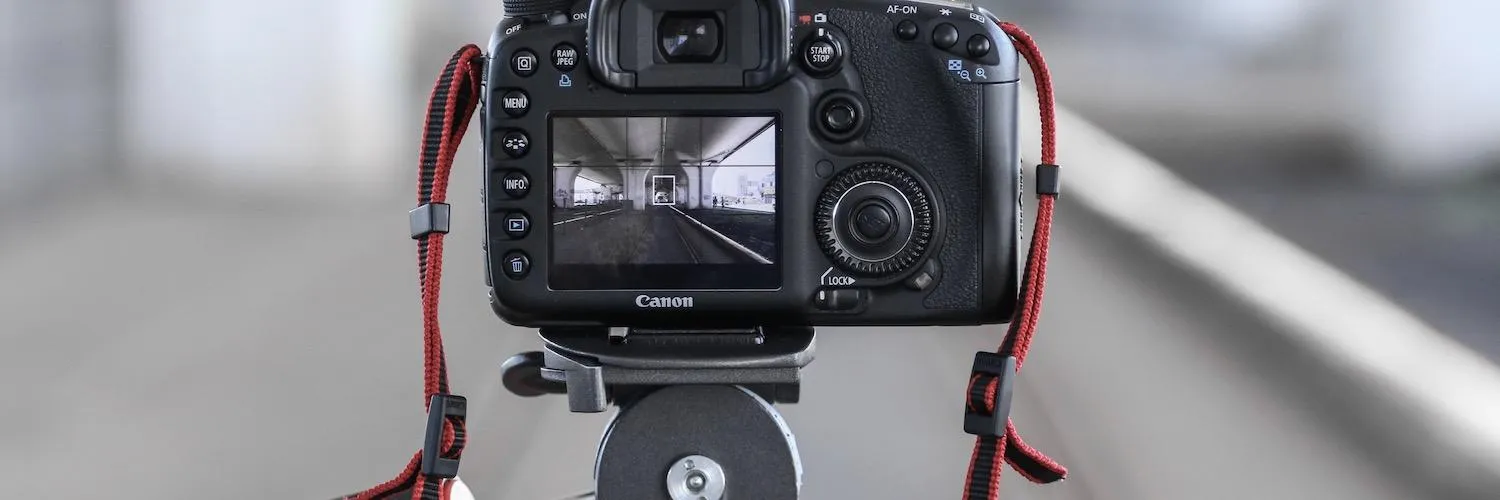Understanding Image Optimization
Image optimization is crucial for improving website performance and enhancing user experience. When images are properly optimized, they load faster, consume less bandwidth, and maintain high quality, which can significantly affect your site's SEO rankings. By focusing on specific techniques, you can quickly optimize your images for the web.
Why Image Optimization Matters
Images can account for a significant portion of a webpage's total size. If they are not optimized, they can slow down loading times, leading to higher bounce rates and lower user engagement. According to studies, a one-second delay in page load time can lead to a 7% reduction in conversions. Thus, optimizing images contributes not only to better performance but also to improved conversion rates.
Steps to Optimize Images for the Web
Here are some effective steps to quickly optimize your images:
1. Choose the Right Format
Different image formats serve different purposes:
| Format | Best For | Pros | Cons |
|---|---|---|---|
| JPEG | Photographs | Good quality, small file size | Lossy compression |
| PNG | Graphics with text | Lossless compression, supports transparency | Larger file sizes |
| GIF | Simple animations | Great for small animations | Limited colors |
| WebP | General use | High quality at smaller sizes | Limited browser support |
2. Resize Your Images
Always resize images to the actual dimensions needed on your website. For example, if your website displays an image at 800x600 pixels, there's no need to upload a 3000x2000 pixel image. Various tools and software can help you resize images easily:
- Adobe Photoshop
- GIMP
- Online services like TinyPNG or ImageResize.org
3. Compress Images
Compression reduces the file size without significantly affecting quality. Use tools designed for image compression to achieve optimal results:
- Lossy Compression: Reduces file size by permanently eliminating some data (e.g., JPEG).
- Lossless Compression: Reduces file size without losing any data (e.g., PNG).
Popular compression tools include:
- TinyPNG
- ImageOptim
- JPEGmini
4. Use Descriptive Filenames
Descriptive filenames improve SEO by making your images more discoverable. Instead of using generic names like "image1.jpg," rename your files with relevant keywords that describe the image, such as "red-apple.jpg." This practice enhances search engine indexing and provides context to users.
5. Add Alt Text
Alt text (alternative text) is essential for accessibility and SEO. It describes the content of an image for screen readers and search engines. Ensure your alt text is descriptive and includes relevant keywords where appropriate. For example, instead of using "image" as alt text, you could write "fresh-red-apple-on-table."
6. Implement Responsive Images
Responsive images adjust to different screen sizes, ensuring optimal viewing on both mobile and desktop devices. Use the <picture> element and the srcset attribute in your HTML to serve different image sizes based on the user's device. For example:
<img src="small.jpg" srcset="medium.jpg 600w, large.jpg 1200w" alt="A beautiful landscape">
7. Utilize a Content Delivery Network (CDN)
A CDN can significantly enhance image loading speeds by distributing your images across various servers worldwide. This way, users access images from a server closest to them, reducing latency. Popular CDN services include:
- Cloudflare
- Akamai
- Amazon CloudFront
8. Regularly Audit Your Images
Regular audits of your images help identify any that may need optimization. Use tools like Google PageSpeed Insights or GTmetrix to analyze your website’s performance and receive recommendations for image optimization. This proactive approach ensures your website remains fast and user-friendly.
Conclusion
Optimizing images for the web is a vital aspect of web development and SEO. By following these steps, you can improve your website's loading speed, enhance user experience, and boost your rankings on search engines. Remember that even small changes, like optimizing images, can lead to significant improvements in overall website performance.





